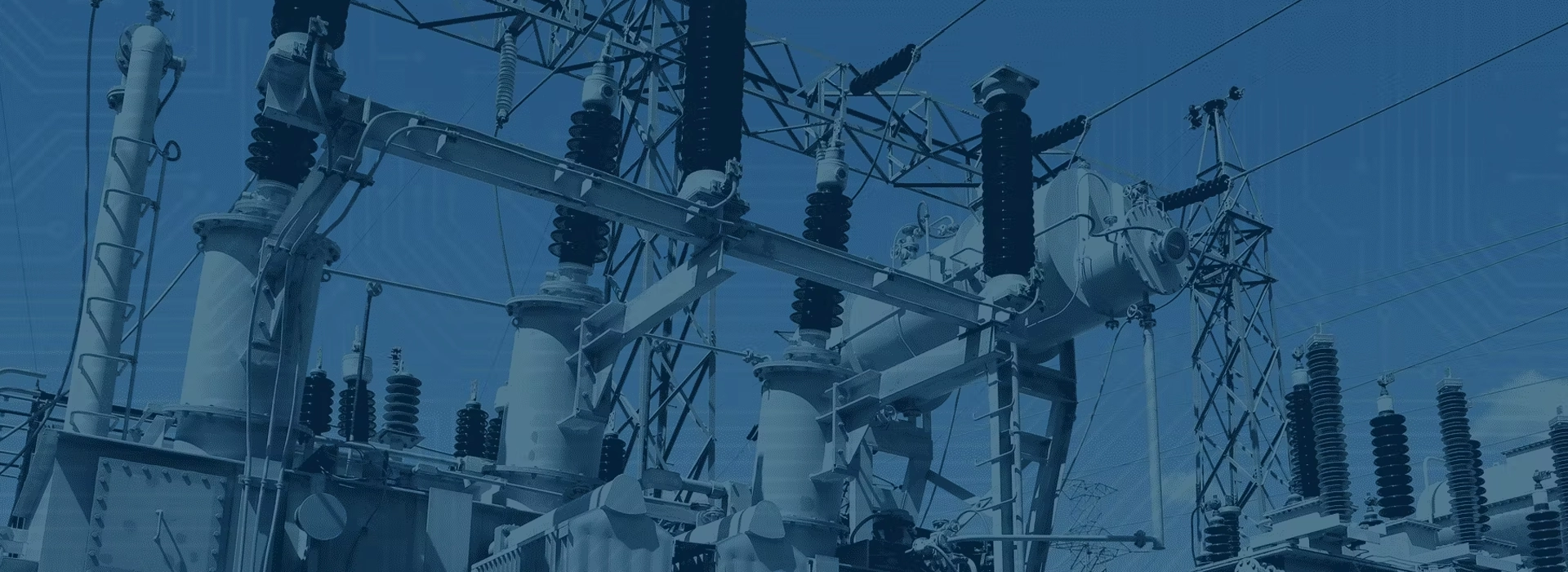Dry-Type Transformer: Definition, Types, Advantages, and Applications
- Dry Transformer Definition:A dry-type transformer is a transformer that uses air or solid insulation instead of liquid for cooling and insulation.
- Types:The main types include Cast Resin Dry-Type (CRT) and Vacuum Pressure Impregnated (VPI)
- Advantages:These transformers offer high safety, environmental compatibility, and minimal maintenance requirements.
- Applications:Ideal for use in high-risk environments such as industrial plants, transportation systems, and renewable energy projects.
- Performance Factors:The efficiency and durability of a dry-type transformer depend on insulation type, core material, and design features.
As a leading manufacturer of power equipment, QZ Group Group Co., Ltd. specializes in high-performance dry-type transformers designed for power distribution, industrial applications, and critical infrastructure projects. Our transformers are engineered to meet the highest international standards, offering low losses, superior insulation, and enhanced durability for demanding environments.
What is a Dry-Type Transformer?
A dry-type transformer is a transformer that does not use oil or any liquid medium for cooling and insulation. Instead, it relies on air circulation or resin-encapsulated insulation to dissipate heat and protect the windings and core. Uni Industry Group’s dry-type transformers are designed for high efficiency, low maintenance, and excellent fire resistance, making them suitable for indoor and outdoor installations where safety and reliability are critical.
Unlike oil-filled transformers, dry-type transformers do not pose risks of leaks, spills, or environmental contamination, making them an ideal choice for urban power distribution, industrial facilities, and transportation networks.
Types of Dry-Type Transformers
1. Cast Resin Dry-Type Transformer (CRT)
Uni Industry Group’s Cast Resin Dry-Type Transformers (CRT) are designed with epoxy resin insulation that encapsulates the primary and secondary windings. This protects against moisture, dust, and contaminants, ensuring excellent dielectric strength and mechanical durability.
Key Features:
- Non-hygroscopic:Resistant to moisture and humidity.
- Self-extinguishing:No risk of fire propagation.
- Maintenance-free:No need for oil monitoring or servicing.
- Low partial discharge:High electrical reliability and extended service life.
Applications:
- Commercial buildings(hospitals, shopping malls, offices).
- Industrial plants(factories, data centers, chemical plants).
- Renewable energy(wind farms, solar power stations).
- Railway and metro stations.
2. Vacuum Pressure Impregnated Transformer (VPI)
The Vacuum Pressure Impregnated (VPI) transformers from Uni Industry Group utilize polyester resin insulation, applied under vacuum and pressure to eliminate air gaps, enhance mechanical strength, and improve heat dissipation.
Key Features:
- High dielectric strength:Ensures excellent electrical insulation.
- Robust construction:Ideal for outdoor and harsh environments.
- IP-rated enclosures available:Protection against dust, moisture, and contaminants.
- Reduced noise levels:Lower magnetostriction effects.
Applications:
- Marine and offshore platforms.
- Mining operations and heavy industries.
- Smart grid and energy storage systems.
- Seismic and high-vibration environments.
Advantages of Dry-Type Transformers
Uni Industry Group’s dry-type transformers offer numerous advantages over traditional oil-filled models, making them the preferred choice for modern power systems.
✔ High Safety & Fire Resistance
- No risk of oil leakage, fire, or explosion.
- Self-extinguishing insulation materials.
- Meets strict fire safety regulations for indoor use.
✔ Eco-Friendly & Maintenance-Free
- No hazardous oil disposal issues.
- Minimal environmental impact.
- No need for regular oil testing or filtration.
✔ Compact & Cost-Effective
- Easier to install without special containment pits.
- Reduced civil engineering and installation costs.
- Low operational losses, resulting in higher efficiency.
✔ Superior Durability & Performance
- Withstands harsh environments and high humidity.
- Excellent resistance to short-circuit currents.
- High efficiency and low power losses.
Disadvantages of Dry-Type Transformers
While dry-type transformers offer significant benefits, they also come with some challenges:
❌ Higher Initial Cost
- Dry-type transformers are generally more expensivethan oil-filled models due to advanced insulation materials and specialized manufacturing processes.
❌ Larger Size & Weight
- Due to the higher insulation requirements, dry-type transformers tend to be bulkierthan oil-filled alternatives for the same power rating.
❌ Higher Noise Levels
- Magnetostriction and core vibrations can lead to slightly higher operating noise, though Uni Industry Group uses advanced design techniques to minimize this.
Applications of Dry-Type Transformers
Uni Industry Group’s dry-type transformers are widely used in industries that demand high safety, reliability, and environmental compliance.
🔹 Urban Power Distribution
- Ideal for hospitals, commercial buildings, high-rise apartments, and underground substations where fire safety is crucial.
🔹 Industrial & Manufacturing Plants
- Used in factories, chemical plants, and refineries to power heavy machinery and sensitive electrical equipment.
🔹 Renewable Energy Systems
- Integrated with wind farms and solar power installations to ensure efficient power transmission.
🔹 Transportation & Railway Systems
- Essential for metro stations, railway electrification, and airport power distribution.
🔹 Data Centers & Critical Infrastructure
- Provides stable and reliable power to data centers, ensuring uninterrupted operations.
Key Factors in Dry-Type Transformer Design
When designing a dry-type transformer, Uni Industry Group considers several critical factors to optimize performance and efficiency.
✅ Insulation Type & Class
- Selection of F-class (155°C)or H-class (180°C) insulation ensures high-temperature resistance and long service life.
✅ Winding Material (Copper vs. Aluminum)
- Copper windingsoffer better conductivity and mechanical strength, whereas aluminum windings provide a cost-effective
✅ Core Material for Low Losses
- High-quality silicon steel (CRGO)or amorphous metal cores minimize hysteresis and eddy current losses, improving efficiency.
✅ Regulation & Efficiency
- Low impedance designfor better voltage regulation and high energy efficiency.
✅ Overload Handling & Cooling
- Equipped with fan-assisted cooling systemsfor handling short-term overloads.
✅ K-Factor Rating for Harmonics
- Designed for non-linear loads with high K-factor ratings, making them ideal for modern power systems.
Conclusion
Uni Industry Group Co., Ltd. provides high-performance dry-type transformers designed to meet strict safety, efficiency, and environmental standards. With cast resin (CRT) and vacuum pressure impregnated (VPI) models, our transformers are suitable for critical infrastructure, renewable energy, transportation, and industrial applications.
With low maintenance, excellent fire resistance, and high efficiency, Uni Industry Group’s dry-type transformers are the ideal choice for sustainable and reliable power solutions.
🔹 Need a customized dry-type transformer for your project?
Contact Uni Industry Group today! 🚀

